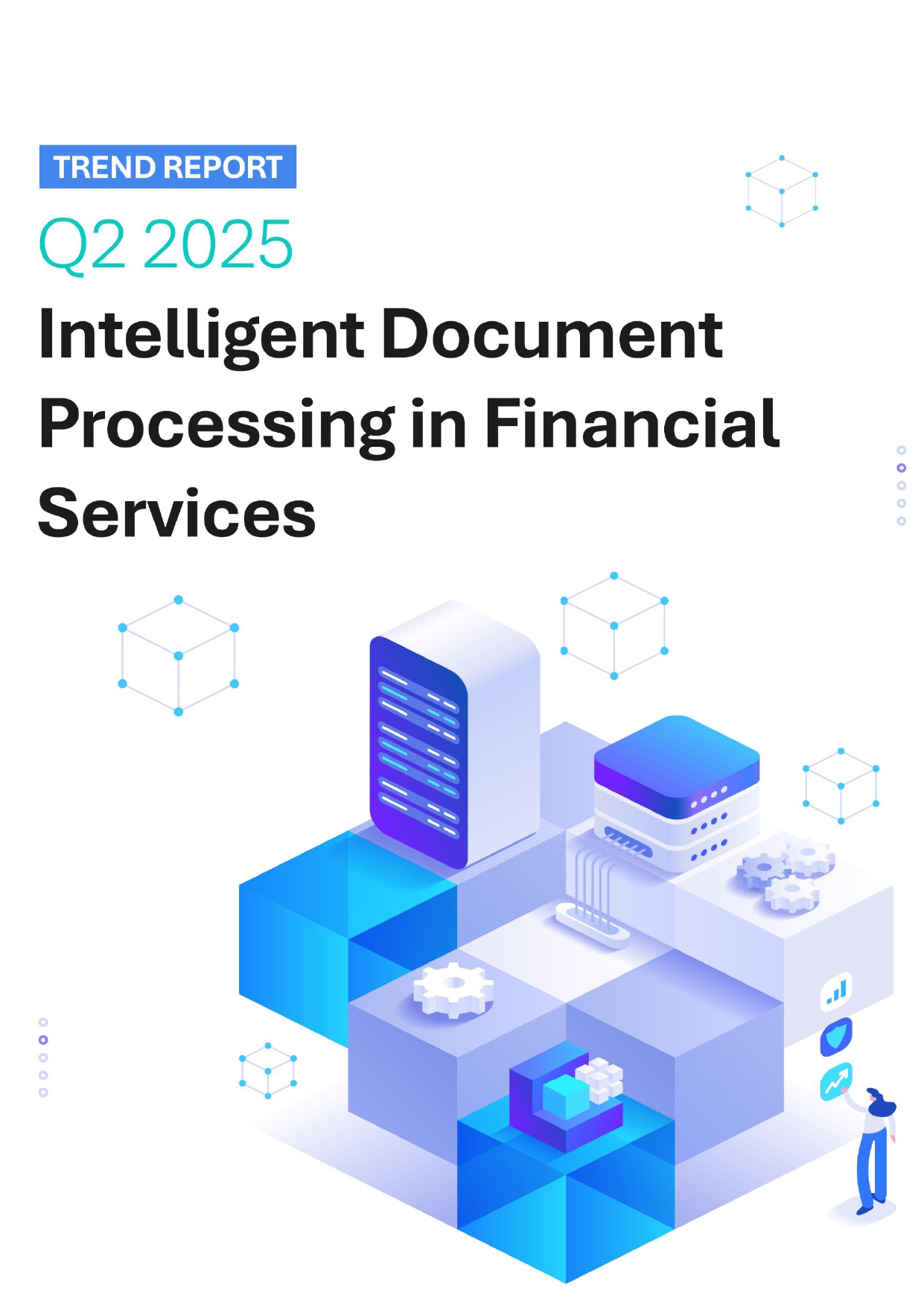 Back
Back
UK acquirers share their SMB top tips for payments during COVID-19
In a global first, all the major UK acquirers have come together to show collective support for businesses impacted by the COVID-19 crisis and share their views on what businesses can do during the lockdown while protecting employees and maintaining social distancing. These top tips come from all the major UK acquirers/ISOs and are designed to help business who may not accept cards or operate online understand their options to adjust how they accept payments.
UK acquirers recognise their smaller business customers are facing an unprecedented set of challenges. “Whether you’re a business that has relied on face-to-face shops and you want help setting up a website, or you’re looking for advice on how to keep your business and its customers safe from fraudsters, we are here and ready to help,” Rob Cameron, CEO of Barclaycard Payments, who process almost 40 per cent of UK transactions, comments.
The following best practice list is based on suggestions from senior executives from across the UK’s leading card acquirers. They are designed to help those who cannot open their doors as well as those who can still provide takeaways and deliveries.

“It’s important that we work together to identify new ways in which customers can continue to trade,” Pete Bettles, UK & Ireland Chief Operating Officer of Global Payments, says. “We recognise that, for our customers, maintaining trade is critical both for cashflow and retaining consumers’ loyalty.”
1. Pay Online
Getting online, or extending your current website to take payments, has the advantage of tapping into a fast-growing area of the market both within the UK and abroad. If you have a website but don’t yet sell via this channel, many card acquirers such as Stripe or PayPal can get you taking payments within an hour. If you are not yet online there are services such as Shopify or WIX within which you can build your site and take payments.
Lola’s Cupcakes, a premium bakery with multiple outlets in South-East England, has completely repurposed its business during the lockdown. The company has worked with its payments provider Elavon to develop a new online buying process and transformed itself into preparing fresh grocery boxes for delivery within a 48-hour window.
Similarly, in the restaurant sector, Paymentsense has just launched a service called BiteBack. This allows restaurants to put takeaway menus online and reuse existing in-store acquiring contracts. “With BiteBack we want to help businesses operate as a takeaway almost instantly and keep them trading as a result,” Guy Moreve from Paymentsense says.
2. Pay via email
Emails can also be a useful way to take payments. Many card acquirers have products which allow you to embed a payment link into an email that presents a simple payment page with a value set by you. Emails can be generated after a customer has called, or after a visit to your website. The email should contain details of the order to allay any potential concerns about email phishing scams. This method also benefits from secure processing which can ensure the costs of any fraud are taken by the customer’s card issuer rather than you.
“Through our ‘Pay By Link’ product we allow merchants to offer a simple and effective facility for consumers to pay remotely without the need to build a website,” Pete Wickes, SVP Corporate at Worldpay by FIS, says.
3. Pay over the phone
If you already have a payment device, one quick and easy solution is to take orders and payment over the telephone. This approach is particularly relevant for businesses whose customers may not be online or who have concerns about using cards online.
“Most counter-top devices can be used to enter card details provided over the phone,” Simon Stanford, SVP Small Business at Worldpay by FIS, says.
Worldpay has been working with Aroma Coffee & Kitchen in Glasgow to turn their sit-in café into a delivery service. “The card terminal was activated remotely without us having to do anything. The next day we were up and running with telephone payments,” Heather Gilchrist, the owner of Aroma, says.
This approach does have its downsides. Taking orders over the phone can be time-consuming, there are additional fraud risks, and card details must always be typed directly into the terminal, never recorded anywhere else. However, acquirers can help mitigate these risks.
4. Use social commerce
Companies who have built up a following on Instagram, Facebook, Twitter or other social media should consider allowing these customers to buy via these channels. Global Payments is launching an app that enables small businesses to take payments online through their social networks but without the need to set up a separate website.

“Our social commerce solution is a hugely relevant and easy way for businesses to leverage the reach and engagement of social networks in an engaging manner,” Nick Corrigan, UK&I Managing Director & President at Global Payments, says.
5. Contactless for takeaway
If customers are still able to come into your shop to take away food or essential products, you should use your existing countertop contactless payment device. This helps you to protect those working in stores and maintain social distancing in line with guidance.
From 1 April 2020, the contactless limit of £30 was raised to £45 and as Guy Moreve from Paymentsense points out, “our data show the average purchase in segments such as hardware, pet or garden stores now falls within the contactless limits”. Encouraging your customers to use their Google Pay or Apple Pay also has the advantage of allowing them to make contactless purchases of any value rather than being constrained by bank card limits.
6. Payment on delivery
These principles can also be extended to home deliveries. In this case, a mobile terminal, or one linked to your mobile phone (called an mPOS) allows consumers to pay via cards on their doorstep. This can provide an alternative to cash where customers may have concerns about COVID-19 infections, or they have not been to an ATM recently. iZettle and Square are popular mPOS choices and Elavon is supplying mPOS terminals to help companies take payment upon delivery in the UK.
“We are helping businesses find new ways to provide food, pharmaceuticals and other essential supplies to people at home and those who are isolated or vulnerable,” Hannah Fitzsimons, President and Managing Director at Elavon Merchant Services, Europe, says.
7. Mobile commerce
Many people in the UK are already familiar with using their phones to order their food or other essential products and services. While platforms such as UberEats or Deliveroo generate attractive volumes of customers, they can be relatively expensive. You should therefore ensure your website is easy to read on a mobile or you may want to consider creating your own app.
“Mobile commerce is the fastest-growing channel for retail and generates over 30 per cent of revenues for some of our clients. The phone is becoming the most important customer engagement device because it is always to hand, even during a lockdown,” Chris Jones, Managing Director of PSE Consulting, who provide expert payments advice to both acquirers and merchants, says.
All of these measures offer a safer way to keep you trading and the economy moving. “Public health and safety during the pandemic remains the top priority,” Dr Jonathan O’Keeffe, Chief Medical Officer at London Health Systems, an international occupational and corporate health consultancy, says.
He adds: “The economy plays a major role in sustaining our health in the long term. Commercial enterprise and trade allow us to fund our health service and social care systems. Payment solutions that both support and respect the need for ongoing social distancing measures and facilitate cash flow to business are needed to enable us to resume productive, healthy lives.”
By PSE Consulting
IBSi News
Get the IBSi FinTech Journal India Edition
- Insightful Financial Technology News Analysis
- Leadership Interviews from the Indian FinTech Ecosystem
- Expert Perspectives from the Executive Team
- Snapshots of Industry Deals, Events & Insights
- An India FinTech Case Study
- Monthly issues of the iconic global IBSi FinTech Journal
- Attend a webinar hosted by the magazine once during your subscription period
₹200 ₹99*/month
* Discounted Offer for a Limited Period on a 12-month Subscription
IBSi FinTech Journal

- Most trusted FinTech journal since 1991
- Digital monthly issue
- 60+ pages of research, analysis, interviews, opinions, and rankings
- Global coverage
Other Related Blogs
Related Reports

Sales League Table Report 2025
Know More
Global Digital Banking Vendor & Landscape Report Q2 2025
Know More
NextGen WealthTech: The Trends To Shape The Future Q4 2023
Know More
Intelligent Document Processing in Financial Services Q2 2025
Know More

